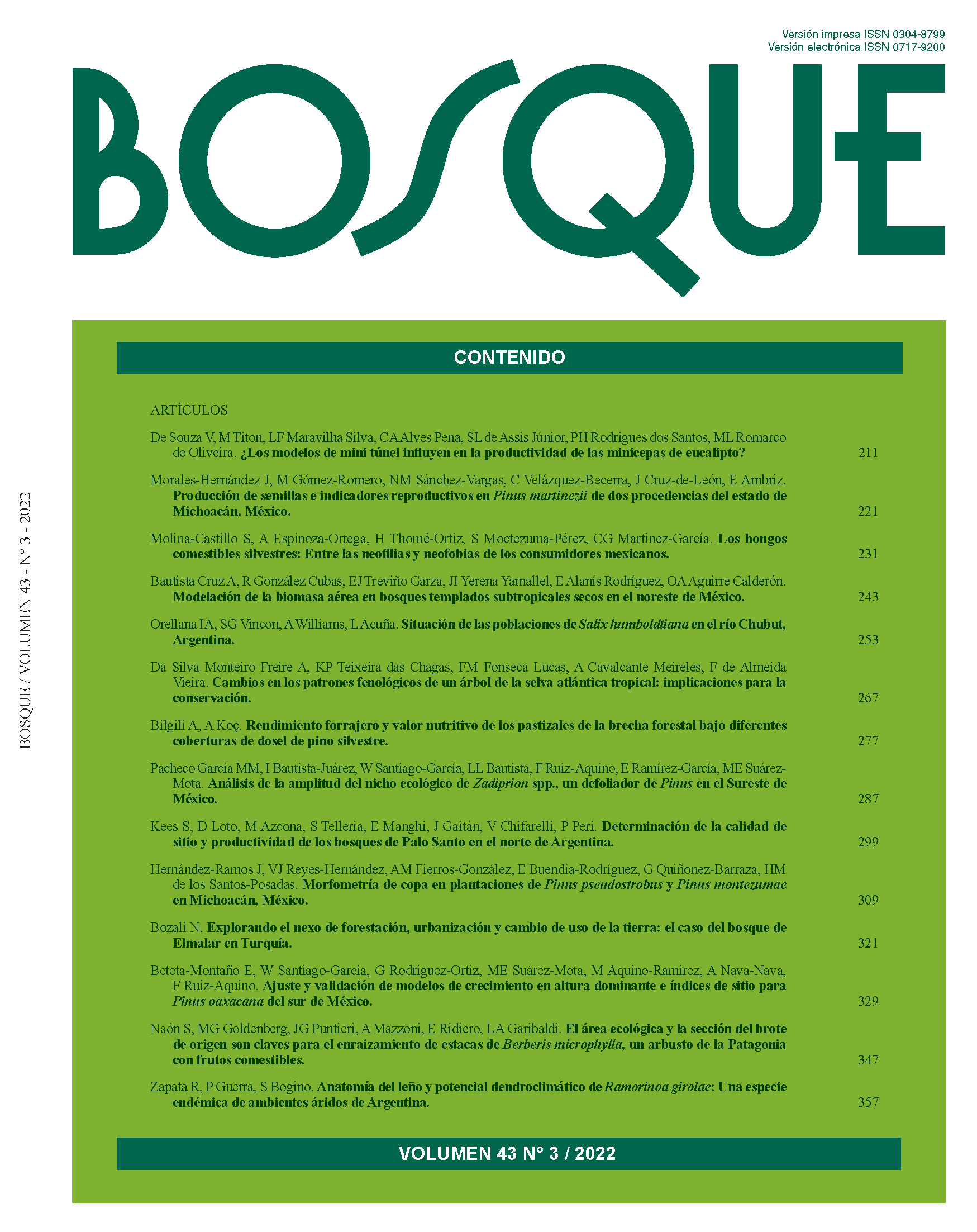Main Article Content
Jan 4, 2023
Abstract
Mexico is one of the countries with the highest number of wild edible mushroom species, which have long been part of the diet of rural communities and ethnic groups. With the recent forms of consumption, it has piqued the interest of urban consumers to include mycological species in their diet. However, information is lacking regarding the influence that neophilia and neophobia have on consumers’ perceptions of edible mushrooms. The objective of the present study was to analyze the perceptions of urban consumers regarding wild edible mushrooms as influenced by neophilia and neophobia. A questionnaire was applied through Facebook. The questionnaire was divided into three sections: free word association, food neophobia scale and socioeconomic characteristics. The sample consisted of 253 consumers who were grouped according to their levels of neophobia. The words obtained through free association were grouped into categories and dimensions. The dimensions were analyzed with the Chi square test, z test and Bonferroni method. Categories were analyzed through correspondence analysis by consumer groups. Three groups were identified: Neophilic, Intermediate and Neophobic. For Neophiliacs, wild edible mushrooms represented a connection with nature. For Intermediates they represented a link with ethnic and rural communities. For Neophobics they were perceived to pose a high risk to their health. This study contributes to knowledge regarding the influence of food neophobia on the perception of wild foods that are not part of the daily diet of urban consumers and can be used to support cultural valorization of wild edible mushrooms for the benefit of collectors.


